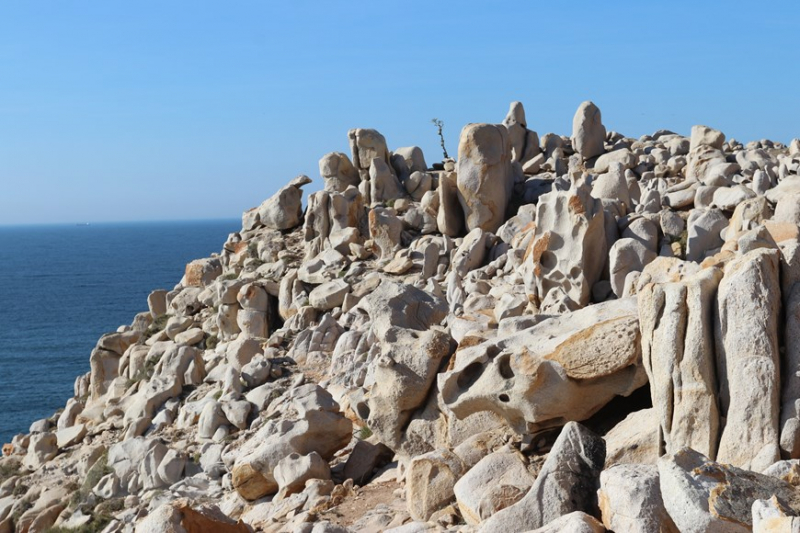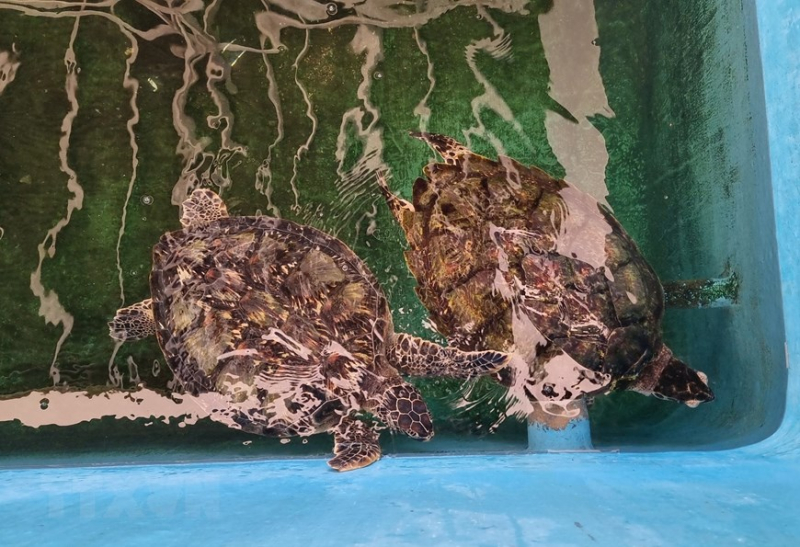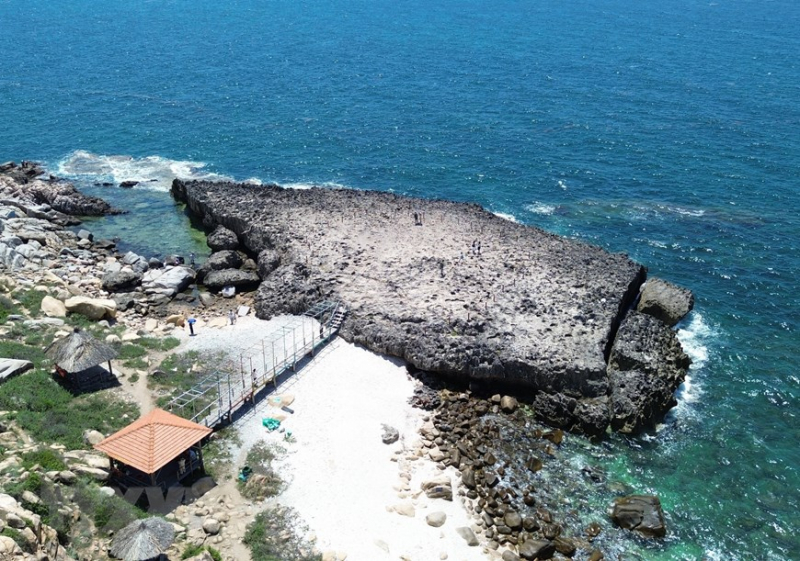Gorgeous beauty of Nui Chua Biosphere Reserve
Thứ Hai, 28/08/2023, 23:22
The Nui Chua World Biosphere Reserve in the south-central province of Ninh Thuan, on an area of 106,646 hectares, is considered a standard for the most typical forest ecosystem in Vietnam and Southeast Asia.







By NT

